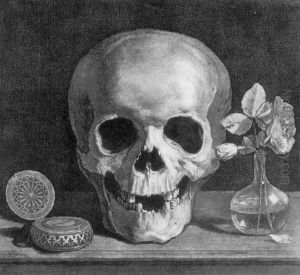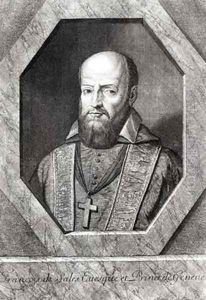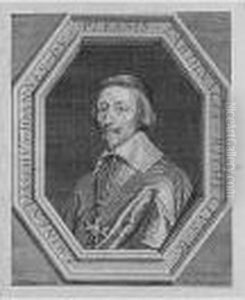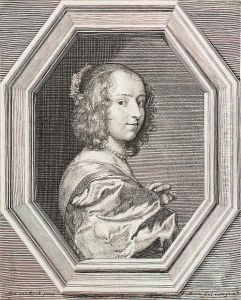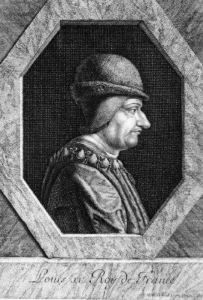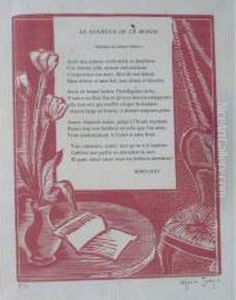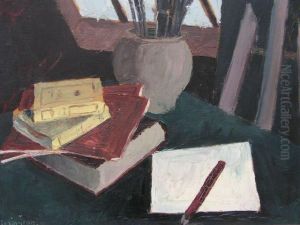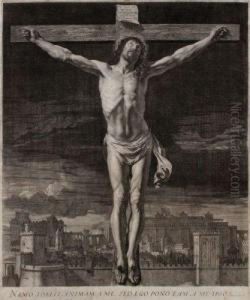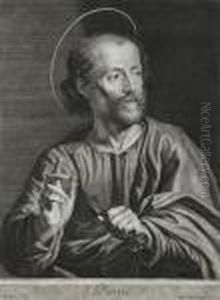Jean Morin Paintings
Jean Morin was a French artist, best known for his work as an engraver during the early 17th century. Born around 1590 in Paris, France, Morin grew up in a period of rich artistic activity that was characteristic of the Baroque era. While there is little documentation on his early life and training, it is believed that he may have been a pupil of the renowned engraver Philippe Thomassin.
Morin's work as an engraver was highly regarded, and he was known for his skillful reproduction of paintings by contemporary artists, which helped to disseminate the styles and ideas of the time. He developed a particularly close working relationship with the painter Simon Vouet, who was a leading figure in introducing the Baroque style to France. Morin's engravings after Vouet's works played a significant role in the spread of Vouet's influence.
In addition to reproducing the works of others, Jean Morin also created original portraits and religious scenes. His style evolved over the years, showing the influence of various artists, including Annibale Carracci and Caravaggio. Morin's engravings are characterized by their rich detail, nuanced shading, and the sense of depth and volume he was able to achieve, which was particularly impressive given the limitations of the engraving medium.
Morin's contributions to art history are significant, as his engravings serve as valuable records of the paintings of his time, many of which have since been lost or damaged. His work offers insights into the visual culture of 17th-century France and the tastes and interests of its art patrons.
Jean Morin died in Paris in 1650, leaving behind a body of work that continues to be studied and appreciated for its technical mastery and its role in the history of French art. Despite the passage of time, his engravings remain a testament to the skill and artistry of the engravers of the Baroque period.
